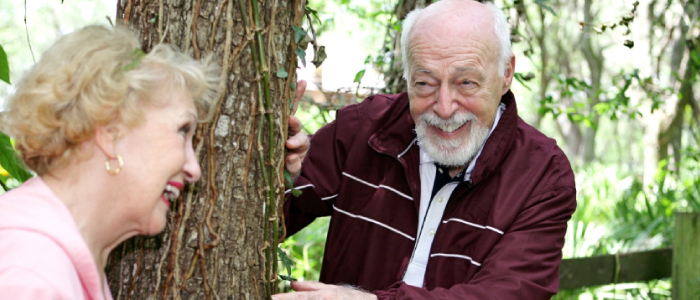 Arthritis is an “autoimmune disease” that seems like a real disease.
Arthritis is an “autoimmune disease” that seems like a real disease.
It is important to recognize that there are many conditions that are actually little more than a description of a set of symptoms. Having a name for the symptoms seems to transform a problem into a reality.
There are two elements to the name, arthritis. “Arth” refers to the joints and “itis” refers to inflammation. Regardless of how deep you look, you’ll only find that arthritis is still just a name of a symptom in a joint. There are over 150 different kinds of arthritis.
Ar*thri”tis (#), n.
Arthritis, like most diseases, is commonly treated by attacking the symptoms. However, if you stop the pain reliever or anti-inflammatory treatment, the disease returns. All of the current treatments relieve or mask the symptoms. Nothing in our advanced medical arsenal is designed to remove the underlying cause of the inflammation. Is this a problem? Yes.
Yet, it isn’t just a problem for arthritis. Except for antibiotics, no medicine or drug is designed to change the underlying cause of the disease. Heart disease, for example, isn’t cured by heart medicines. The symptoms are kept under control and we use drugs and diet to keep our cholesterol levels within a certain range. Diabetes can’t be cured so the modern medical approach is to keep blood sugar levels under control with drugs or replacement insulin. The list is endless; multiple sclerosis, chronic fatigue syndrome, Parkinson’s, ALS, Alzheimer’s, and so on.
With all of the well-publicized advances in medicine and technology, it is strange that the modern healthcare system can do little more than control symptoms. Does this mean that there are no cures for disease? No. Diseases are cured – often. Nevertheless, the “cure” is rarely the direct results of medical intervention. If the drugs aren’t curing people, what is? Cures happen when people recognize a different health paradigm – one that does not only emphasize symptom relief. Here’s a brief story from Dr. John R. Lee.
A man buys an older home and moves in, hoping that this house will be a happy part of his life, sheltering the family and providing a place to gather and live. One day the owner discovers that some vermin have moved into the basement. They got in through some cracks in the old foundation. The homeowner calls an exterminator who sprays a poison that kills off the vermin. Things are fine for some time, but then more vermin move in – ones that are not harmed by the poison. The homeowner calls the exterminator again and stronger poison is applied. The problem is solved again – but only for a short time because even stronger vermin move in. This goes on and on and ever-stronger poisons are applied until the poisons also begin to make the homeowners ill. Not once did anyone suggest that the owner fix the cracks in the foundation.
The traditional health paradigm – dating back the early physicians in ancient Greece – insisted that the human body is capable of living well, without disease, as long as it is taken care of. The body needs good nutrition, clean air and water, and exercise. With these simple elements, disease has a difficult time striking. Moreover, when it does happen, it is often mild and quickly resolved. The body, like the foundation of the house above, is the central element in overall health. How we treat and maintain our body determines – for the most part – how healthy we are. By neglecting the body, we impair our foundation and leave it open to infestation by vermin.
Numerous studies have demonstrated that arthritis can be relieved (some even suggest cured) when the body gets enough exercise and good nutrition. However, that won’t sell anti-inflammatory drugs. The current health paradigm says to use the drugs and not bother with the exercise and nutrition. After all, it is far easier to swallow a pill than to take the time to move the joints and search for good, nutritious foods.
I am not opposed to using medicine to relieve pain – TEMPORARILY. Many drugs are extremely useful in getting arthritis sufferers relief until lifestyle and diet adjustments take over – and it may take several months, even a year. Non-steroidal anti-inflammatory drugs help a lot. The pills can also be a cause of stomach distress. Compounding pharmacists have found a way to mix the anti-inflammatory medicines (such as ibuprofen, the active ingredient in Motrin) with special penetrating creams. When done correctly, a person merely applies a small amount and rubs it in for pain relief – without the increased risk of stomach distress.
Some people heed the old paradigm and live their lives without joint pain and inflammation. Others turn first and finally to the drugs. These will not cure and they frequently cause other problems for the users – stomach upset, ulcers, and blood-clotting problems are very common.
